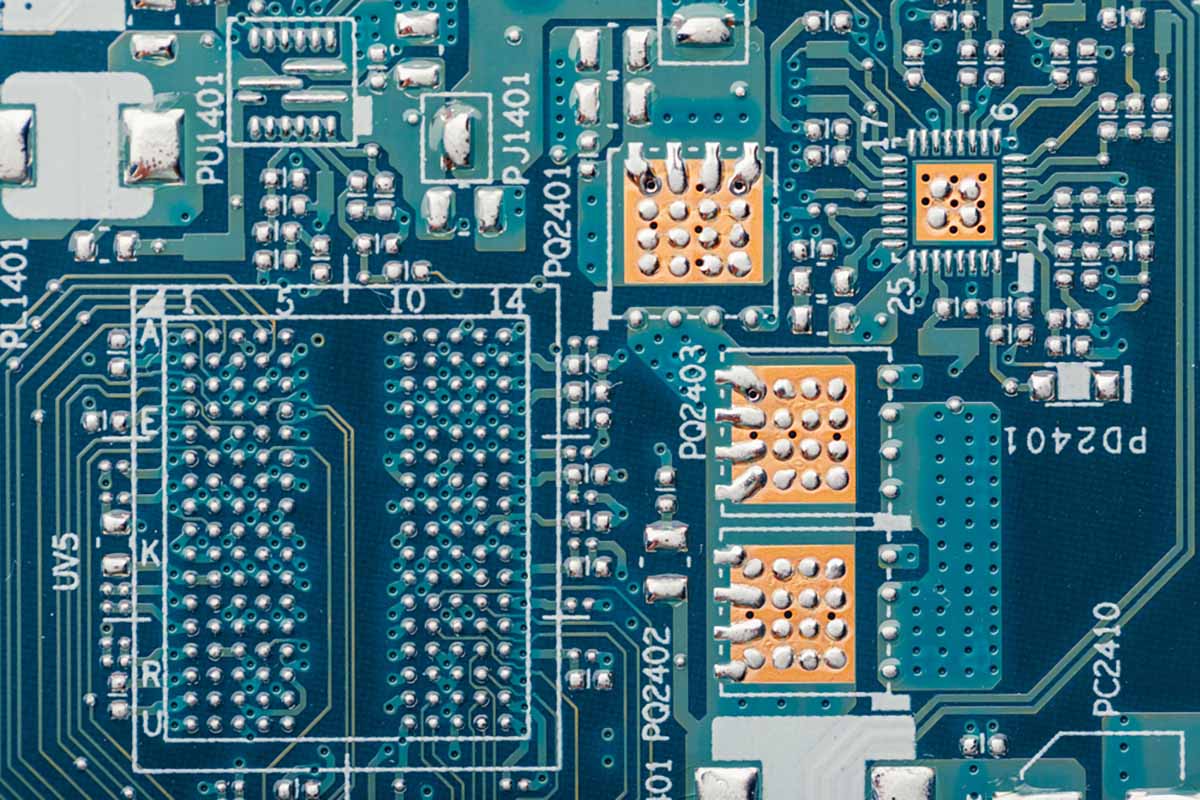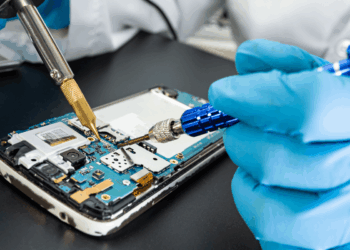Solar panel recyclers can now achieve a specific SERI certification, under the newly added Appendix G for photovoltaic modules.
The change comes after nearly four years of work, Mike Easterbrook, SERI’s chief of global standards, told E-Scrap News. SERI administers the R2 electronics recycling standard.
“It was fall of 2020 when the folks from the solar industry approached us about adding PV to the R2 standard,” he said. “We did an exercise with some experts to see the feasibility of ‘would it fit in with the standard?’ And we saw that it could fit.”
From there, the work was turned over to SERI’s R2 Technical Advisory Committee. Several rounds of drafts, public comment and revision later, Appendix G was published on Jan. 31, then the R2 code of practices was revised, to set up the audit process for Appendix G in late March. Now, after a 90-day period for auditors and certifying bodies to train and prepare, “facilities that are ready to get certified can do so,” Easterbrook said.
SERI has added educational videos to its knowledge database to help facilities understand the requirements. Easterbrook said interest in certification has come from facilities that solely handle PV modules as well as those that are starting to see PV panels in their material streams.
Facilities that are currently R2 certified and are handling PV modules will need to certify to Appendix G by Jan. 31, 2027, Easterbrook added.
The rising number of PV modules that will one day need to be processed, and the variation in what the panels are made of, has raised concerns that the material stream is mirroring that of CRTs.
Easterbrook said the reason the PV recycling industry approached SERI to begin the certification process was precisely to “get ahead of that problem, to prevent what could potentially become another CRT situation.”
Jeff Seibert, SERI’s chief provocateur who leads communications, added that the industry has clearly learned from what happened with CRTs, and that experience has “allowed people to look ahead a little bit at what is coming and how do we make sure we’re prepared for that end of life or second use.”
Certification for PV modules “was a need,” Seibert added. “It fits in well with the structure of R2.”

























